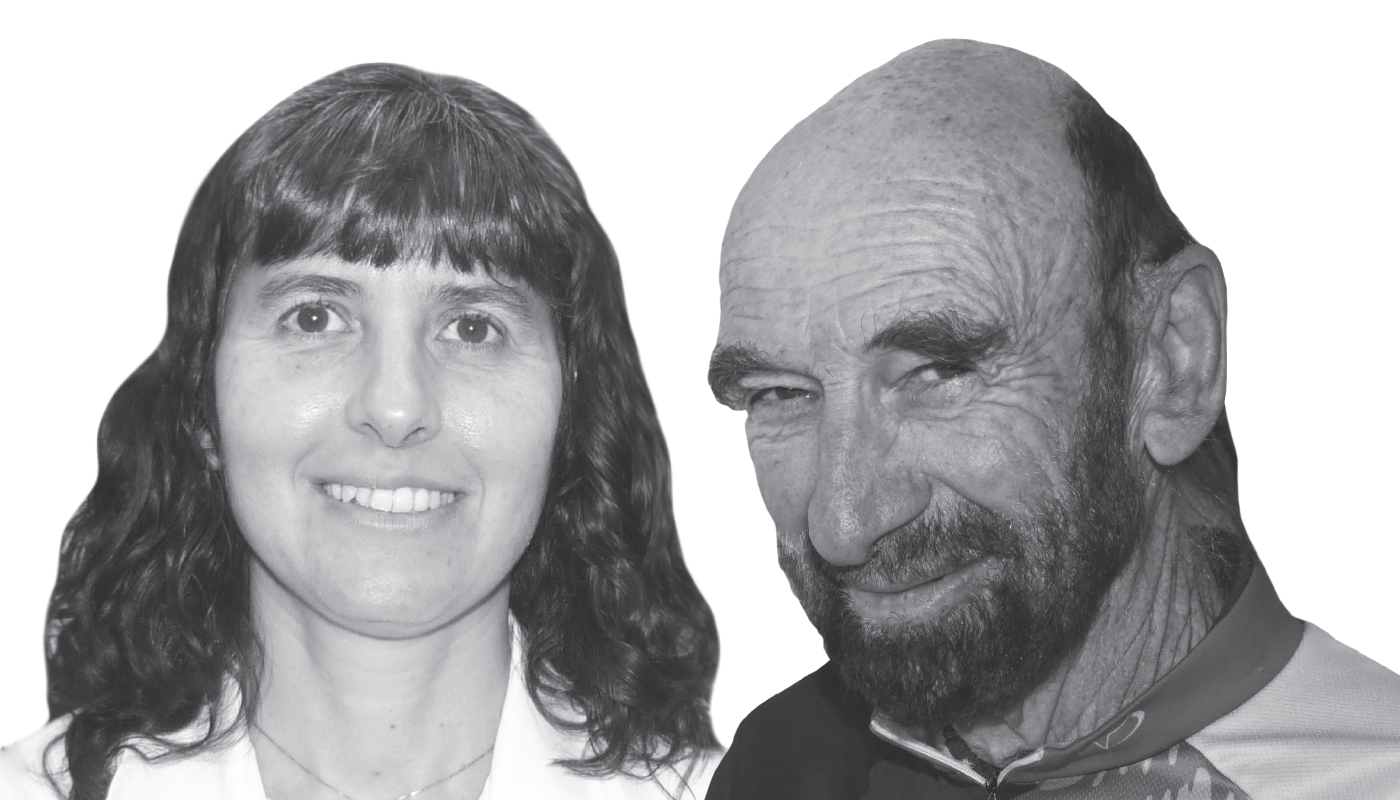
First off, it’s worth explaining what we mean by “discovery research.” To us, as analytical chemists, discovery research is about letting the instrument guide us to new and interesting research problems. The approach was first introduced to us by Nobel Laureate, Linus Pauling, during a lecture Mike attended 35 years ago at the University of Denver. Pauling described his PhD research in humble terms:
“Bragg and his son had just received the Nobel Prize in 1915 using an X-ray diffractometer to determine the basics of crystalline structure. We had an X-ray instrument in our lab, so I went to the chemical storehouse on campus, asked what they had on the shelf, and set to work using X-ray diffraction to understand crystalline structure.”
Pauling went on to say that discoveries simply “opened up in front of him,” including the relationship between crystal structures and the chemical bond. This initial work eventually led to him writing one of the most important books in general chemistry of the 20th century: The Nature of the Chemical Bond. For us, as environmental chemists, that special instrument is the LC/QTOF-MS with accurate mass. And our current work on the nature of organic compounds in ash and water from wildfires is a good example of the discovery research approach.
Back in 2017, we were walking through the lab and saw a bright orange solution sitting on the countertop. Out of curiosity, he asked a colleague’s postdoc what it was. She explained that she had just leached a burned soil with water and concentrated this solution on an XAD adsorbent. Having done his PhD thesis on natural organic matter on XAD resins, we knew yellow was common in such research, but Kool-Aid orange? This was unheard of. Though it was commonly accepted that humic substances from soil could not be unequivocally identified – even by FT-MS – we decided to give it a shot.
The results were shocking. There were multiple, large peaks with low masses (less than m/z 250) and a low mass defect of 0.0050 – a typical humic-like compound has a mass defect greater than 0.1500. Within a few minutes we had identified several organic acids called benzene polycarboxylic acids (BPCAs). A quick check in the literature found that these compounds were used to identify black carbon, a name for the unknown dissolved organic matter resulting from wildfires. Earlier this year, we published our first paper (1) with these results – the first time BPCAs have been reported in water-extractable organic carbon from thermally altered soil – and we have a second paper on the topic in the pipeline. Overall, we’ve reported over 10 different classes of organic acids, the majority of which are original results.
The ramifications for water treatment are enormous. What happens with runoff to drinking water? What about the chlorination, ozone, UV, and peroxide treatment of these organic acids? On top of all these new areas for concern: are the substances actually toxic to wildlife and humans in water and ash? This question could not be more pertinent, as clouds of ash currently descend on our cities in California, including Los Angeles, San Francisco, and San Diego. A recent publication even suggests that benzene and naphthalene – possible carcinogens – are present in water from wildfires, most likely a continued decarboxylation of the BPCAs we found in our samples...
Out of that single curious experiment with some strangely colored water has emerged plenty of new research ideas for us to consider in the future. Our fire and ash study is just one example, but we’ve used the same approach to tackle many other unanswered questions, such as what is in flowback water from hydraulic fracturing (2)? Or what new pharmaceuticals are in wastewater (3)?
We think it’s exciting to see the world through the eyes of a beautiful instrument, and that’s why we’re so passionate about discovery research. Occasionally, we might hear colleagues say that it’s just a matter of measuring some compound in a water sample. In fact, the art of analysis (or an analytical scientist) is in turning a simple measurement into a whole new area of research – and we think that’s a noble pursuit indeed.
References
- E Michael Thurman et al., Environ Sci Technol, 54, 2994 (2020). DOI: 10.1021/acs.est.9b05230
- Imma Ferrer and E Michael Thurman, Trends Environ Anal Chem, 5, 18 (2015). DOI: 10.1016/j.teac.2015.01.003
- Imma Ferrer and E Michael Thurman, J Chromatogr A, 1259, 148 (2012). DOI: 10.1016/j.chroma.2012.03.059




